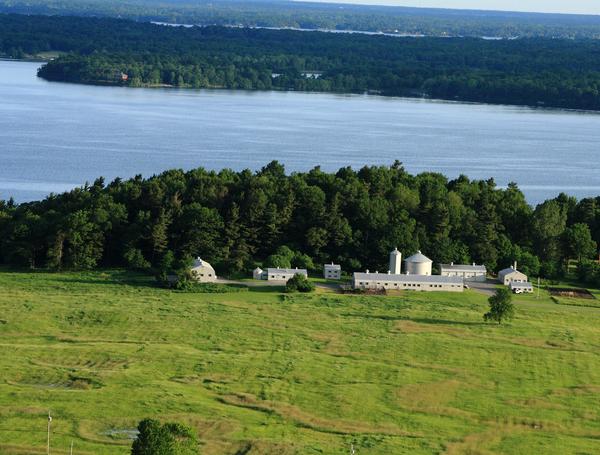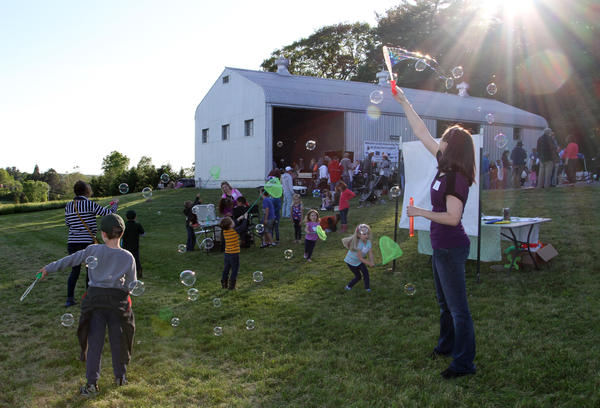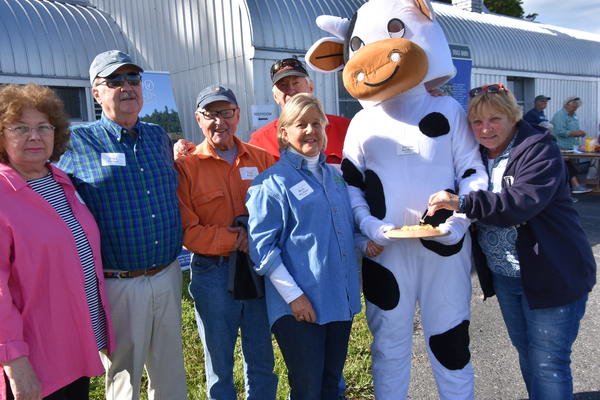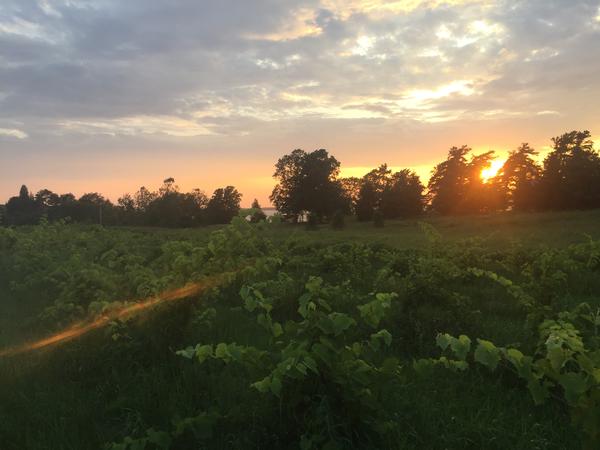Maintaining Community Roots While Attracting New Development
Zenda Farms Preserve has a history befitting its exotic name. In a region known for dairy and beef production, this pioneering dairy farm named after an 1800s adventure novel was a leader in the field during its operations from 1939 to the late 1950s. Among many innovations, it housed the first automated milk bottling plant in the region. When the original owner passed away in 1958, farming continued into the 1960s, but eventually operations ceased, equipment was sold off, and lands were left fallow. However, over the last 20 years, Zenda Farms has transformed again. This time, it has grown into a multiuse preserve providing a host of community benefits. Besides supporting diverse activities and programming, this new community amenity is even attracting new development in the region.
The most recent chapter began in the late 1990s when 100 acres, including the farm, were donated to TILT. A community picnic that TILT hosted shortly after this donation was an early indicator of the potential for the property as a community development tool. “We saw the great opportunity to make this a community space,” notes Rebecca Dahl, Zenda Farms Preserve program director. “It put a spark there, that this is a place to bring people to the land and make connections.”20 In the years since, TILT has worked to expand the property to its current size of 400 acres and realize that vision. Now supporting a mile and a half of public trails, ecologically significant wetlands, community gardens, new farm operations, and even an apiary, Zenda Farms Preserve is modeling what it means to be a modern preserve. Traditional Arts in Upstate New York, an organization dedicated to showcasing the culture and traditions of the North Country, recognized this impact by adding Zenda Farms Preserve to its Register of Very Special Places.
The success of this model is bringing new business, education, and development opportunities to the region. TILT is now partnering with Coyote Moons Vineyard to plant grapes on a portion of the property and develop a Zenda Farms Preserve branded wine. Similarly, TILT is working with a local organic farm to create a Zenda Farms Preserve branded cheese. In both instances, these efforts are leading to educational opportunities such as introducing area students to the cheese-making process.
An interesting effect of TILT’s community-building approach has been attracting new development to the region. Mac MacFarlane, a member of the family that donated the original parcel to TILT, has also subdivided some of the remaining lands for new housing. Four new homes have been built, another is on the way, and four more plots are available for development. The attraction? Being close to the preserve. “When you buy one acre of property here, you are really buying 101 acres because of connections to the TILT land,” notes Mr. MacFarlane. “The buyers are local, some going back three generations … and with Zenda not being built out, it really gives a whole different perspective to river living.”
Balanced land use is a dynamic enterprise. Managing a historic landscape for conservation, development, community programs, and agriculture concurrently is an even taller order. But the approach has been worth it. At Zenda Farms Preserve, TILT is showing that conservation can enhance economic development opportunities in the region.



